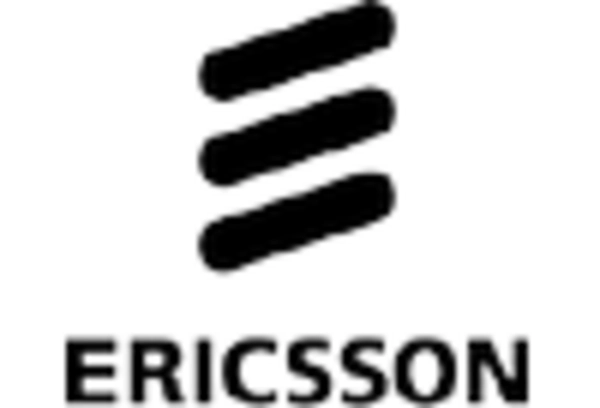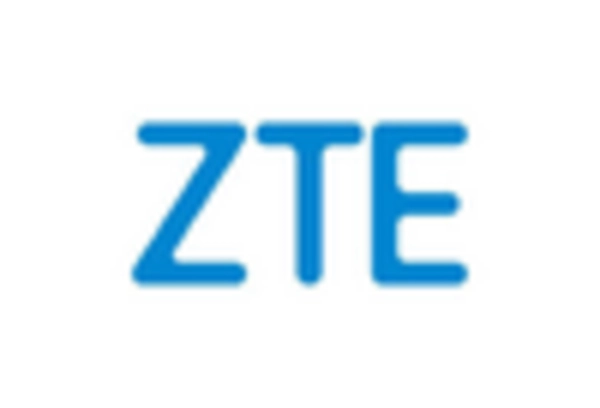Expansion of Smart Cities Initiatives
The Indian government's push towards smart cities is a crucial driver for the 5g mm-wave-technology market. With the aim of improving urban infrastructure and enhancing the quality of life for citizens, smart city projects are increasingly integrating advanced technologies. The deployment of 5g mm-wave technology is essential for enabling smart city applications such as real-time traffic management, smart lighting, and public safety systems. As of November 2025, over 100 cities in India are undergoing transformation into smart cities, with substantial investments exceeding $20 billion allocated for infrastructure development. This focus on smart cities is likely to create a robust demand for 5g mm-wave technology, facilitating seamless connectivity and data exchange among various urban services.
Rising Demand for High-Speed Connectivity
The increasing demand for high-speed connectivity in India is a primary driver for the 5g mm-wave-technology market. As digital transformation accelerates across various sectors, including education, healthcare, and entertainment, the need for faster and more reliable internet services becomes paramount. The 5g mm-wave-technology market is poised to benefit from this trend, as it offers significantly higher data rates and lower latency compared to previous generations. According to recent estimates, the demand for high-speed internet is expected to grow by over 30% annually, further propelling investments in 5g infrastructure. This surge in demand is likely to encourage telecom operators to expand their 5g mm-wave networks, thereby enhancing service availability and quality across urban and rural areas in India.
Growth of Mobile Gaming and Streaming Services
The rapid growth of mobile gaming and streaming services in India is significantly influencing the 5g mm-wave-technology market. With an increasing number of users engaging in high-bandwidth activities, such as online gaming and video streaming, the demand for faster and more reliable internet connections is surging. The 5g mm-wave-technology market is expected to thrive as it provides the necessary bandwidth to support these applications without lag. Recent reports indicate that the mobile gaming industry in India is projected to reach $3 billion by 2025, while streaming services are also witnessing exponential growth. This trend suggests that telecom operators will likely invest heavily in 5g mm-wave infrastructure to cater to the evolving needs of consumers.
Increased Investment in Research and Development
Increased investment in research and development (R&D) is emerging as a vital driver for the 5g mm-wave-technology market in India. As companies and research institutions focus on innovating and optimizing mm-wave technologies, the potential for new applications and improvements in existing services expands. The Indian government has recognized the importance of R&D in telecommunications, allocating substantial funding to support innovation in this sector. As of November 2025, R&D investments in telecommunications are expected to exceed $1 billion, fostering collaboration between academia and industry. This emphasis on R&D is likely to enhance the capabilities of the 5g mm-wave-technology market, leading to more efficient and effective solutions for consumers and businesses alike.
Advancements in Telecommunications Infrastructure
Advancements in telecommunications infrastructure are a significant driver for the 5g mm-wave-technology market in India. The ongoing modernization of telecom networks, including the transition from 4G to 5G, is creating opportunities for the deployment of mm-wave technology. This technology is essential for achieving the high data rates and low latency required for next-generation applications. As of November 2025, major telecom operators in India are investing billions in upgrading their networks, with a focus on enhancing capacity and coverage. The government’s initiatives to promote digital connectivity further support these advancements, indicating a strong alignment between infrastructure development and the growth of the 5g mm-wave-technology market.

















Leave a Comment